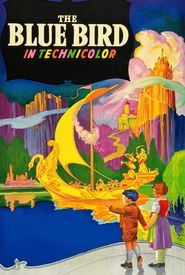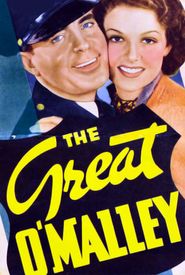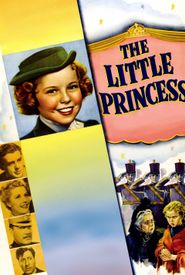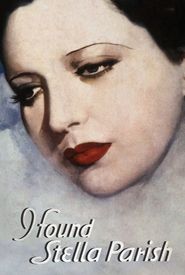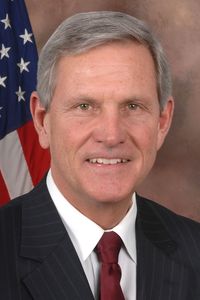Sybil Jacobson's life began on November 23, 1929, in Cape Town, South Africa, a city that would play a significant role in shaping her early years. By the tender age of two, Sybil had already developed a remarkable talent for playing the piano, and her impressive skills were only rivaled by her natural aptitude for singing, dancing, and mimicry.
As a small child, Sybil and her family relocated to Great Britain, where she quickly established herself as a talented young performer. By the age of five, she was singing, dancing, playing the piano, and even performing uncanny imitations of the legendary Maurice Chevalier in London nightclubs. Her impressive skills did not go unnoticed, as she soon found herself performing on radio alongside her uncle, Harry Jacobson, and his popular orchestra.
In 1935, Sybil's talents caught the attention of a movie producer, who cast her in her first film, Barnacle Bill. Her performance was so impressive that Warner Bros. Pictures studio head Jack L. Warner was compelled to bring her to Hollywood as his studio's answer to the then-popular Shirley Temple. Aware of Shirley's immense popularity and golden curls, Warner took precautions to prevent Sybil from being influenced by her rival, forbidding her from watching Shirley's films.
Despite her obvious talent, Sybil failed to achieve the level of success that Warner had anticipated, and in 1938, the studio declined to renew her contract. During her time at Warner Brothers, Sybil appeared in ten films, but it was her roles opposite Shirley Temple in The Little Princess (1939) and The Blue Bird (1940) that would prove to be her most notable.
Sybil's performance in The Blue Bird was her most dramatic to date, and her older sister and guardian, Anita Jacobson, hoped that it would be a turning point in her career. However, many of Sybil's scenes were ultimately cut from the film, and it would prove to be her final cinematic appearance.

